The Toy Storage Market is currently characterized by a dynamic competitive landscape, driven by increasing consumer demand for organized and aesthetically pleasing storage solutions. Key players such as IKEA (SE), The Home Depot (US), and Walmart (US) are strategically positioned to leverage their extensive distribution networks and innovative product offerings. IKEA (SE) focuses on sustainable design and modular solutions, appealing to environmentally conscious consumers. Meanwhile, The Home Depot (US) emphasizes home improvement and DIY solutions, catering to a diverse customer base. Walmart (US) adopts a cost-leadership strategy, ensuring affordability while maintaining a broad selection of toy storage options. Collectively, these strategies contribute to a moderately fragmented market, where innovation and customer-centric approaches are paramount.
In terms of business tactics, companies are increasingly localizing manufacturing to reduce lead times and enhance supply chain efficiency. This trend is particularly evident in the Toy Storage Market, where companies are optimizing their supply chains to respond swiftly to changing consumer preferences. The competitive structure remains moderately fragmented, with several players vying for market share. However, the influence of major retailers like Walmart (US) and The Home Depot (US) is substantial, as they set pricing benchmarks and drive consumer expectations.
In August 2025, IKEA (SE) announced the launch of a new line of eco-friendly toy storage solutions made from recycled materials. This strategic move not only aligns with the growing consumer demand for sustainable products but also reinforces IKEA's commitment to environmental stewardship. By integrating sustainability into their product offerings, IKEA (SE) positions itself as a leader in the market, appealing to eco-conscious families seeking responsible storage solutions.
In September 2025, The Home Depot (US) expanded its online presence by introducing an augmented reality (AR) feature on its website, allowing customers to visualize toy storage solutions in their homes before purchase. This innovative approach enhances the shopping experience, potentially increasing conversion rates and customer satisfaction. By embracing digital transformation, The Home Depot (US) demonstrates its commitment to adapting to modern consumer behaviors, thereby strengthening its competitive position in the Toy Storage Market.
In October 2025, Walmart (US) unveiled a partnership with a leading tech company to develop smart toy storage solutions equipped with inventory tracking capabilities. This initiative reflects a growing trend towards integrating technology into everyday products, catering to tech-savvy consumers. By offering innovative features that enhance functionality, Walmart (US) aims to differentiate itself in a crowded market, potentially reshaping consumer expectations regarding toy storage solutions.
As of October 2025, the Toy Storage Market is witnessing significant trends such as digitalization, sustainability, and the integration of artificial intelligence. Strategic alliances are increasingly shaping the competitive landscape, enabling companies to pool resources and expertise. Looking ahead, competitive differentiation is likely to evolve from traditional price-based competition to a focus on innovation, technology integration, and supply chain reliability. Companies that successfully navigate these trends will likely secure a competitive edge in the ever-evolving Toy Storage Market.


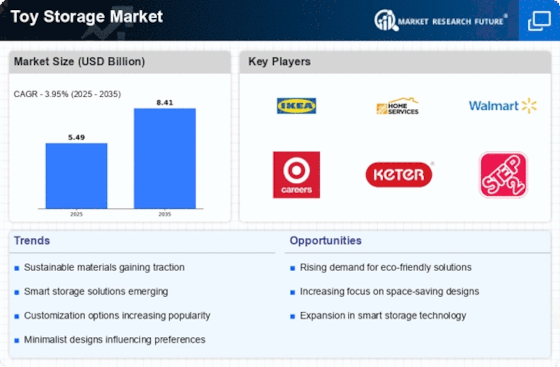

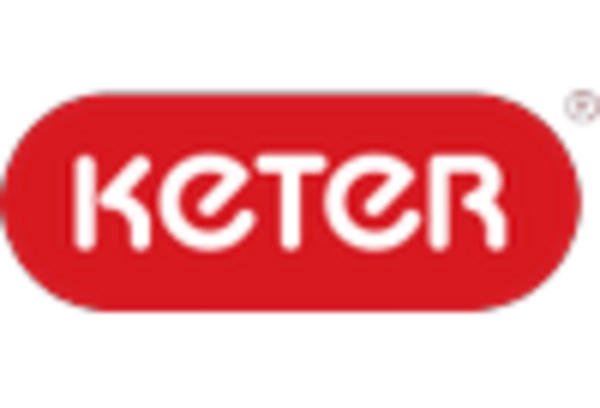
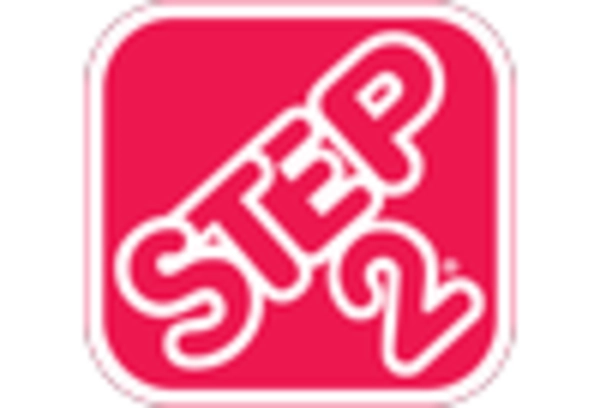

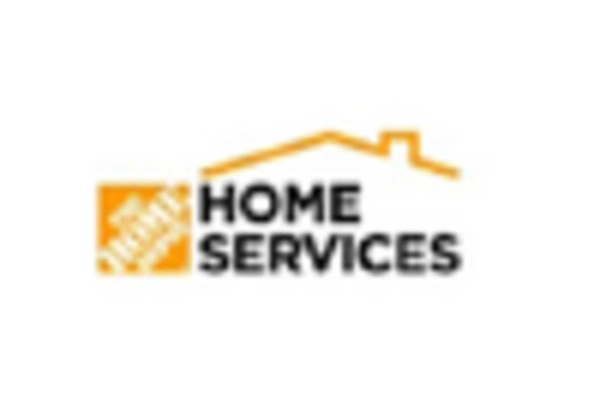
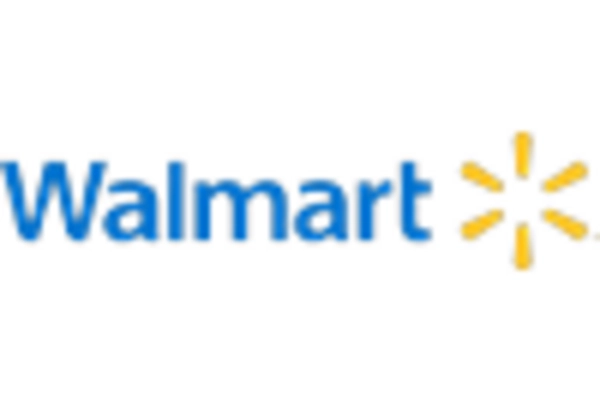








Leave a Comment